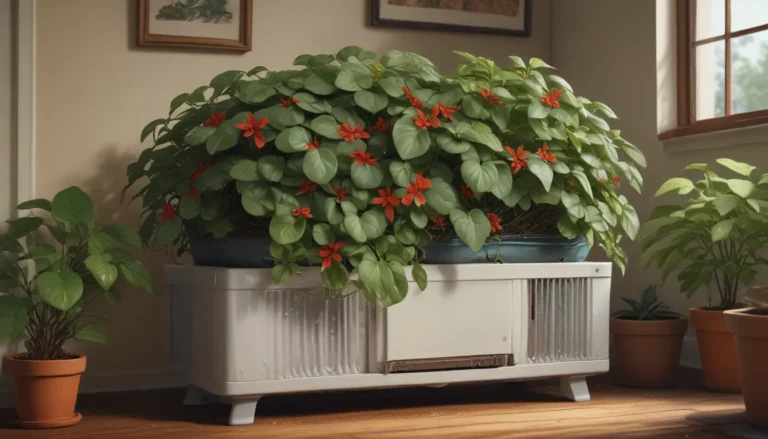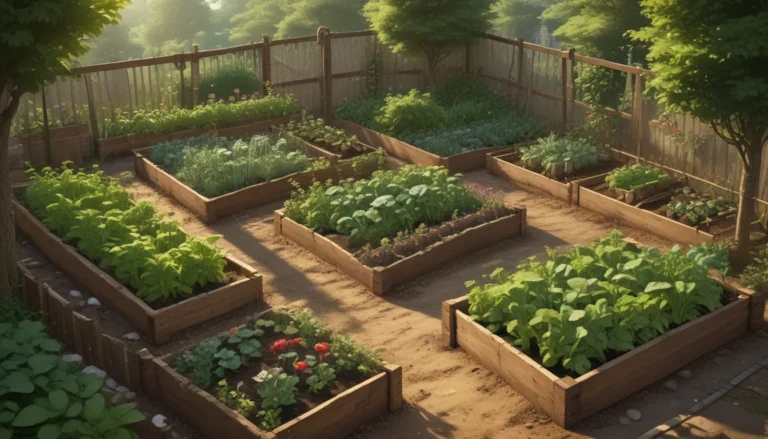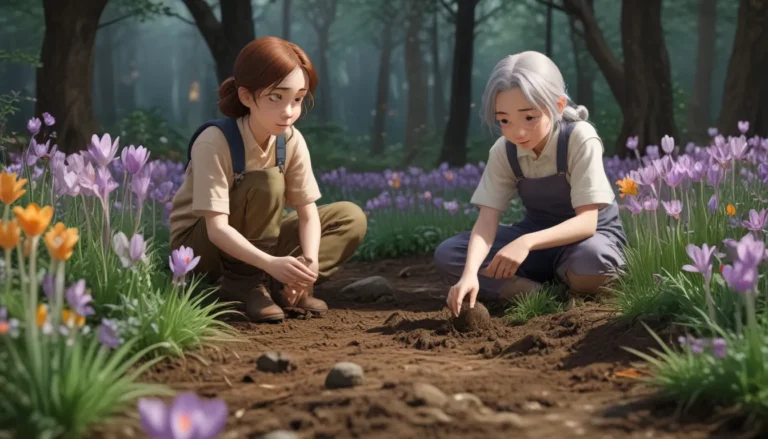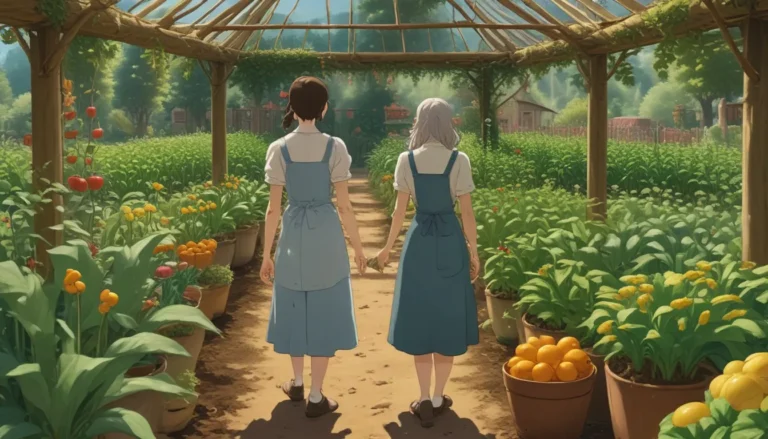The Ultimate Guide to Growing and Harvesting Dandelions for Greens, Roots, and Flowers
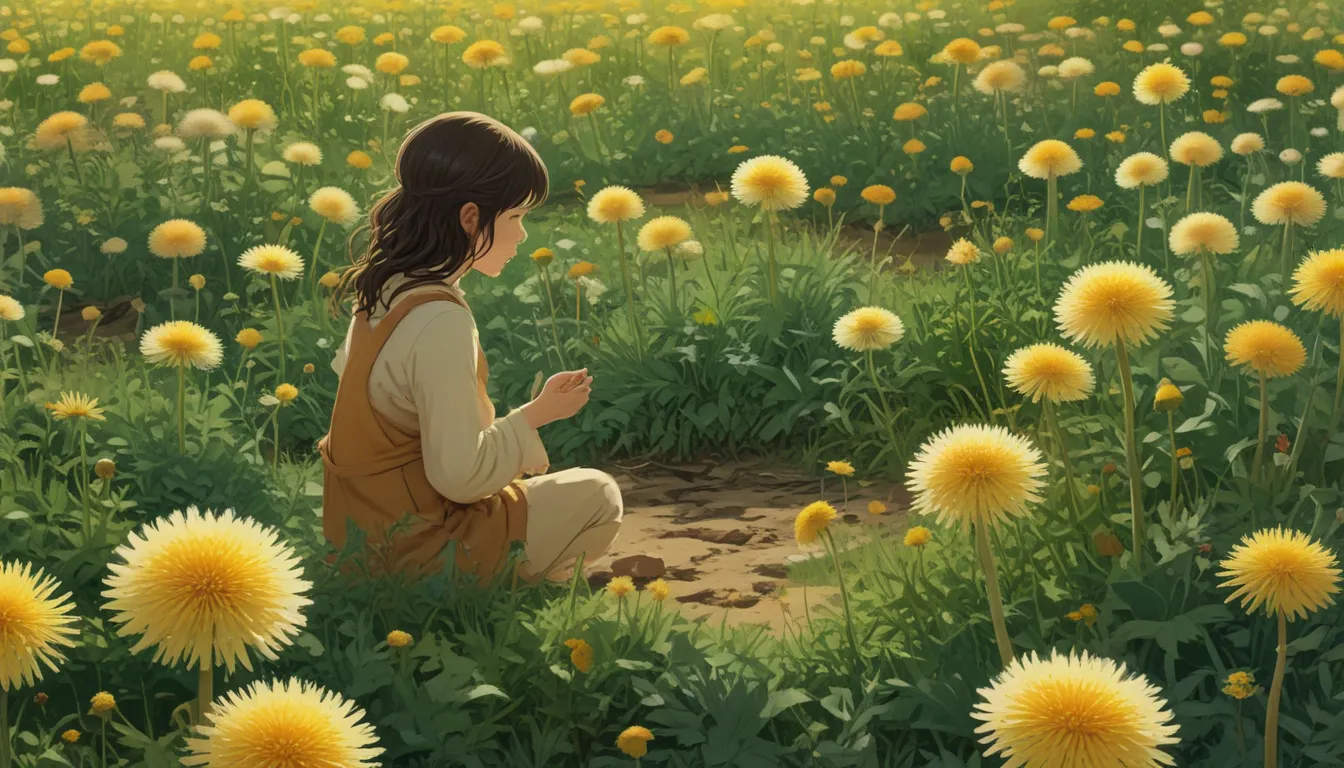
Dandelions. That humble little weed that pops up in your yard uninvited. But did you know that this cheerful plant is more than what meets the eye? Dandelions are not just pretty flowers; they are a source of food for birds, bees, and even humans.
As a beekeeper, I appreciate the value of dandelions as a food source for pollinators during the early spring when other plants may not be blooming yet. So, before you reach for that lawnmower, consider letting those dandelions flourish for a little while.
If you’re intrigued by the idea of growing your own dandelions for salads, teas, and even coffee, then you’ve come to the right place. Let’s dive into the world of Taraxacum officinale and explore how you can cultivate, harvest, and enjoy this versatile plant.
Why Grow Dandelions?
While you could forage for wild dandelions, it’s best to grow your own. Foraged dandelions may have been exposed to pesticides or other contaminants, making them unsafe for consumption. By growing your own, you have full control over the growing conditions and can ensure the quality and safety of your harvest.
Dandelions are not only easy to grow but also highly nutritious. Packed with calcium, iron, vitamin C, and potassium, dandelion greens are a healthy addition to your diet. Furthermore, dandelions attract beneficial insects to your garden and help improve soil health with their deep taproots.
Curious to learn more? Keep reading to discover everything you need to know about cultivating and harvesting dandelions.
What You’ll Learn
- Cultivation and History
- Propagation: How to Sow
- How to Grow
- Growing Tips
- Maintenance
- Cultivars to Select
- Managing Pests and Disease
- Harvesting
- Recipes and Cooking Ideas
- Quick Reference Growing Guide
Cultivation and History
Originally from central Asia, dandelions were brought to America as a food crop. Now, you can find them thriving worldwide in various climates and conditions. Dandelions are hardy perennials that can tolerate a wide range of soils and temperatures, making them a versatile plant for any gardener.
Propagation: How to Sow
You can start dandelions from seeds either indoors or directly in your garden. Sow the seeds in moist soil, ensuring they receive ample sunlight for germination. Once the seedlings are a few inches tall, you can transplant them to your garden or keep them in pots if space is limited.
How to Grow
Dandelions prefer full sun but can also thrive in partial shade. They do best in slightly acidic, fertile soil. Regular watering is essential for optimal growth, and occasional fertilization may be necessary depending on the soil quality.
Growing Tips
- Grow in full sun or partial shade.
- Remove flowers before they produce seeds.
- Maintain even moisture.
Maintenance
While dandelions are low maintenance, it’s essential to prevent them from spreading uncontrollably. Harvesting the flowers before they go to seed can help maintain the plant’s growth and prevent unwanted proliferation.
Cultivars to Select
Did you know there are gourmet varieties of dandelions available? Look for cultivated varieties with milder flavors and tender leaves, such as ‘Amélioré à Coeur Plein’ and ‘Vert de Montmagny.’
Managing Pests and Disease
Dandelions are generally pest and disease-free, making them an easy plant to grow. However, watch out for rabbits and other nibbling critters that may find your dandelions irresistible.
Harvesting
The best time to harvest dandelions is when they are young and tender. Pick the leaves and flowers close to the roots for the freshest flavor. Store the harvested parts in the fridge for up to three days or dry them for later use.
Recipes and Cooking Ideas
From salads to teas, dandelions offer a myriad of culinary possibilities. Experiment with dandelion leaves, flowers, and roots in various recipes to enjoy their unique flavors and health benefits.
Quick Reference Growing Guide
- Plant Type: Herbaceous perennial
- Native to: Central Asia
- Hardiness (USDA Zone): 3-10
- Season: Spring to summer
- Exposure: Full sun to part shade
- Water Needs: Moderate
- Common Pests: Rabbits
- Common Diseases: Aster yellows
Final Thoughts
Dandelions, often seen as weeds, are, in fact, delightful plants that offer both beauty and nutrition. Consider growing your own dandelions to enjoy their fresh greens, vibrant flowers, and beneficial properties. Whether you’re a seasoned gardener or a beginner, dandelions are a fantastic addition to any garden.
Do you have dandelions in your yard? Would you be willing to grow them intentionally for their culinary and ecological benefits? Share your thoughts in the comments below and join the conversation on this versatile plant.
For more insights into growing edible flowers, check out our guides on Pot Marigold, Sunflowers, Bee Balm, and Harvesting Edible Flowers.
Remember, with a little TLC, those bright yellow dandelions can transform from pesky weeds into garden delights that everyone can enjoy!
